Common Pet Ailments and How to Avoid Them
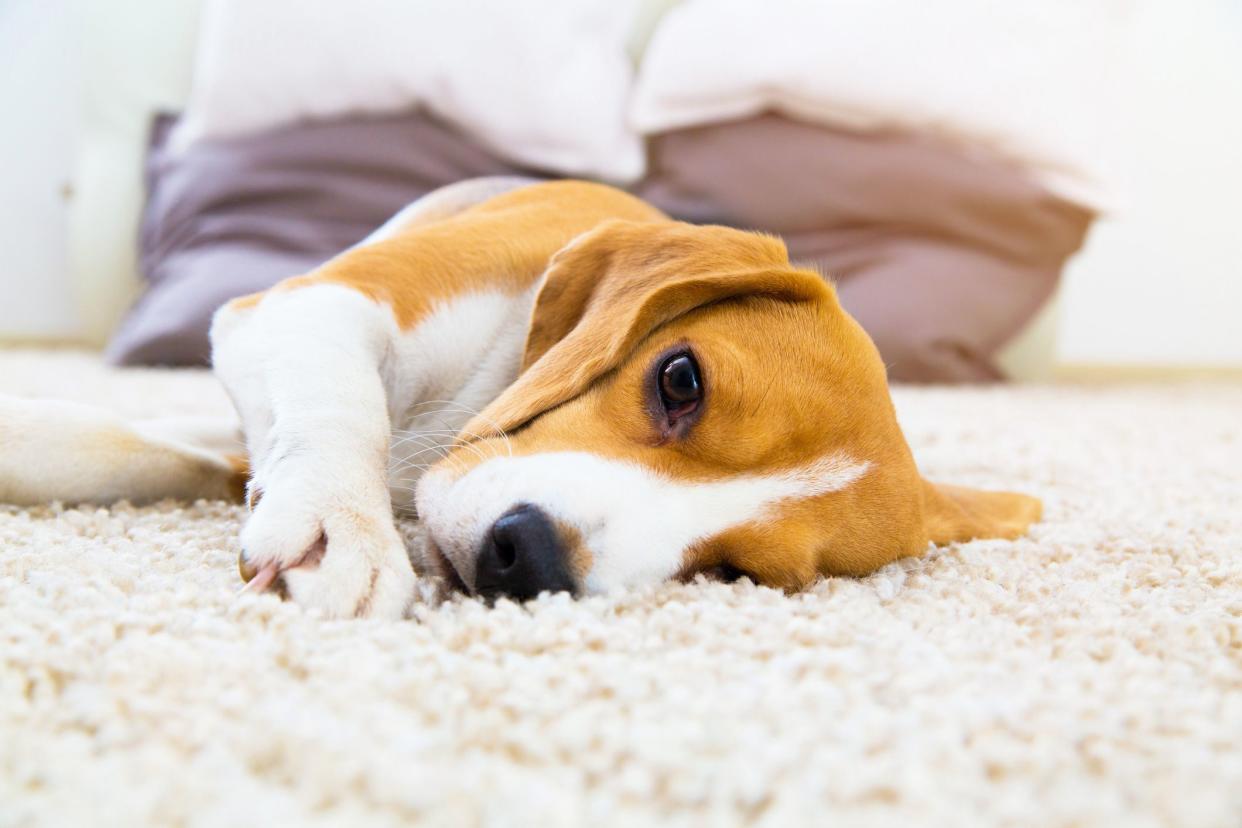
Dogs and cats can experience many common health ailments — with serious side effects. Recently dogs in northern Michigan became ill with parvovirus, with some dying — a disease that can be largely prevented with vaccines. Fortunately, taking some specific steps in how you care for your pet can often help to prevent many of those ailments. Veterinarian Jamie Whittenburg, director of Kingsgate Animal Hospital in Lubbock, Texas, and a veterinarian expert for Senior Tail Waggers, outlines common pet health ailments, how to treat them, and even how to prevent them from occurring.
Related: 20 Ways People Waste Money on Pets
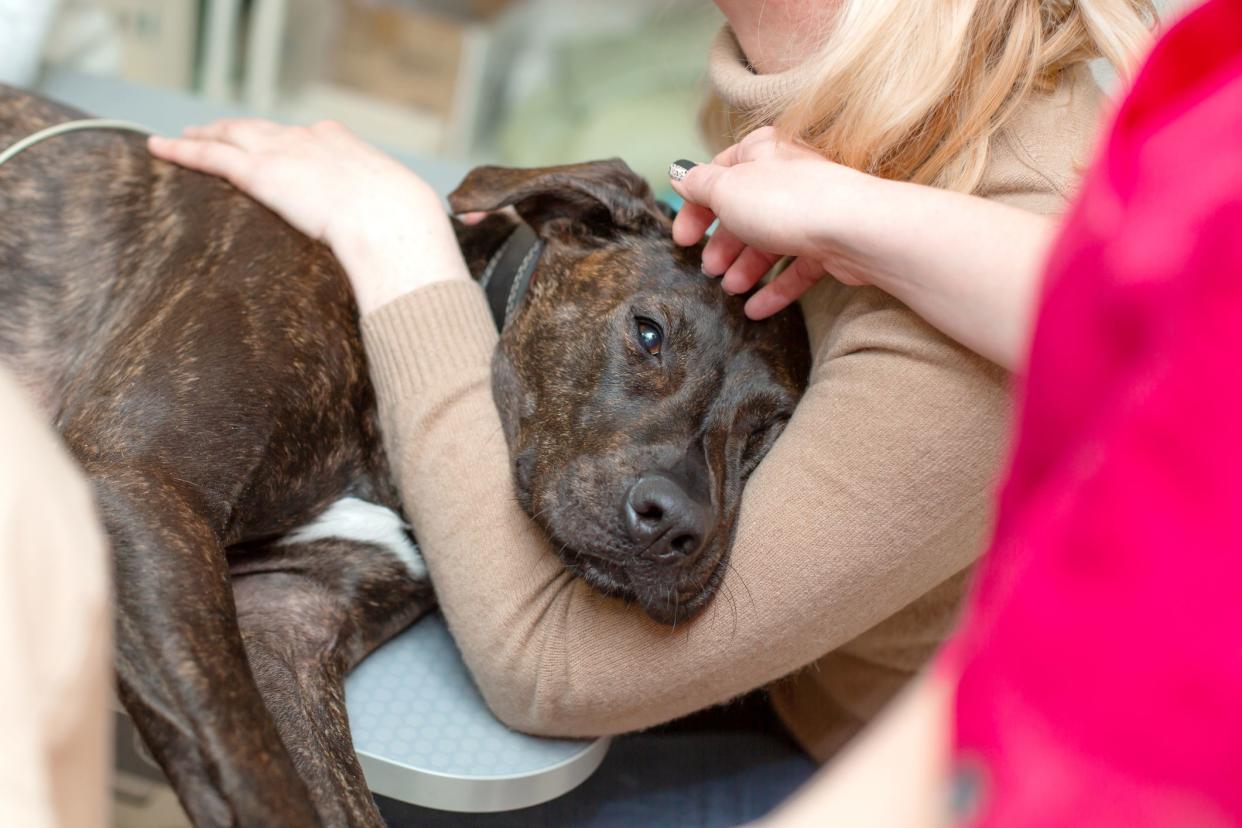
Canine parvovirus, commonly known as parvo, is a highly contagious disease that affects dogs' gastrointestinal tracts. If you have a dog that leaves the house, chances are good your pup can be exposed. Parvo is spread by direct dog-to-dog contact, contact with contaminated feces, and through environments or even people. Signs of infection include lethargy, loss of appetite, abdominal pain and bloating, fever or low body temperature, vomiting, and severe diarrhea.
Related: Common Pet Ailments and How To Avoid Them
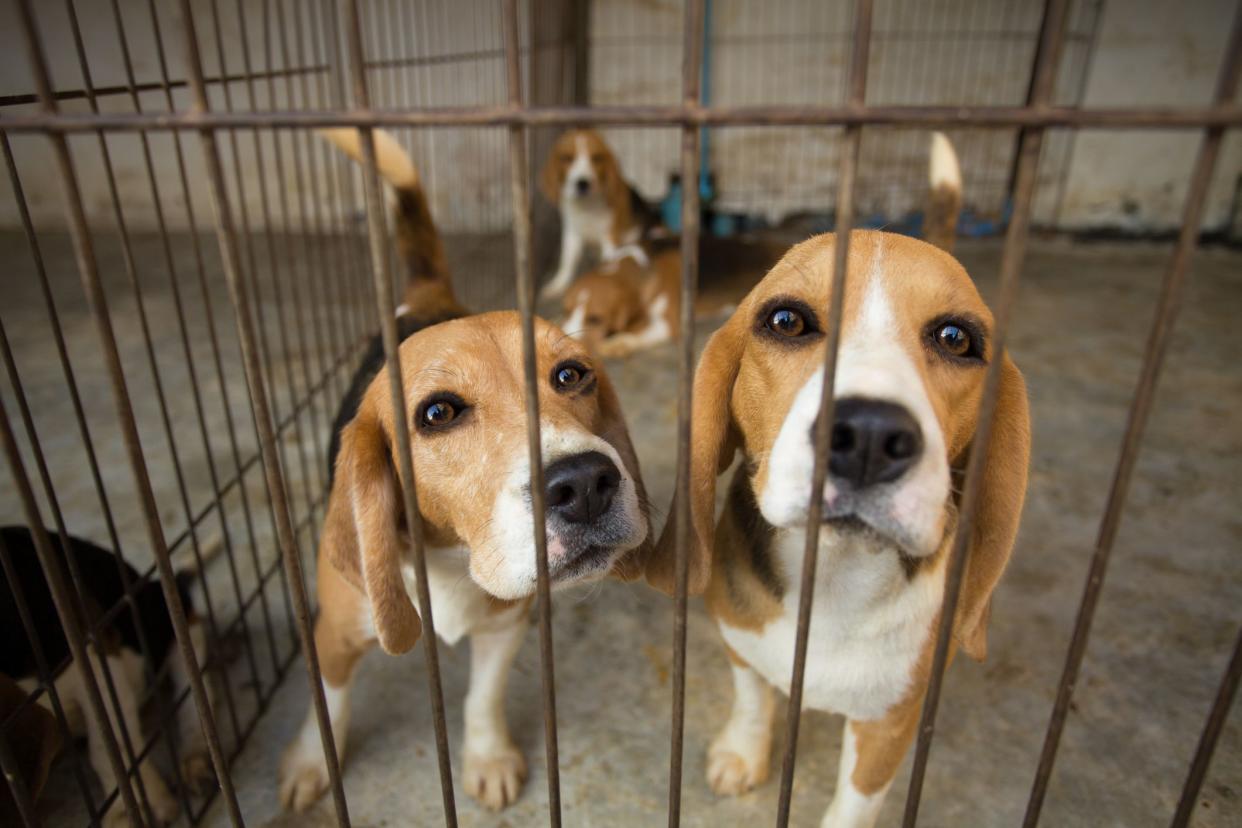
If you suspect your dog has parvovirus, prompt veterinary care is crucial — most deaths occur within 48 to 72 hours following the onset of symptoms. Though there's no specific drug that can cure parvovirus, your vet can help your pup by keeping him or her warm, replacing electrolyte, protein and fluid losses, controlling vomiting and diarrhea, and preventing secondary infections. Treatment can be very expensive and the dog may die despite best efforts. Prevention, though, is easy — get your pet vaccinated at four months (and keep vaccines current) and keep young pups indoors until they can get vaccinated.
Related: The Most Expensive Pets Money Can Buy
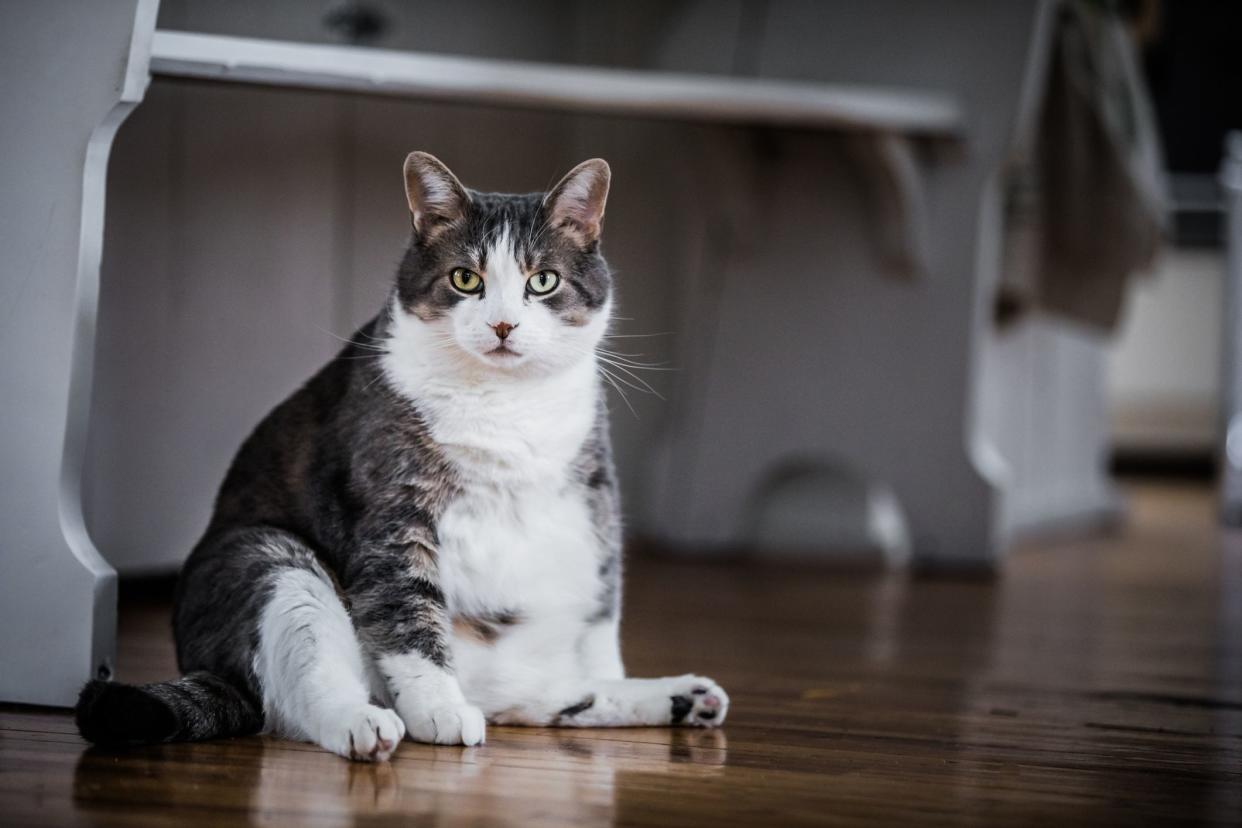
Pet obesity is at epidemic proportions in the U.S., Whittenburg says. “In a study conducted in 2018, the Association for the Prevention of Pet Obesity found that 56% of dogs and 60% of cats were obese,” she says. “Obesity negatively impacts pets' health and longevity in many ways. Pets that are overweight are at an increased risk for cancer, diabetes mellitus, heart disease, high blood pressure, and arthritis.”
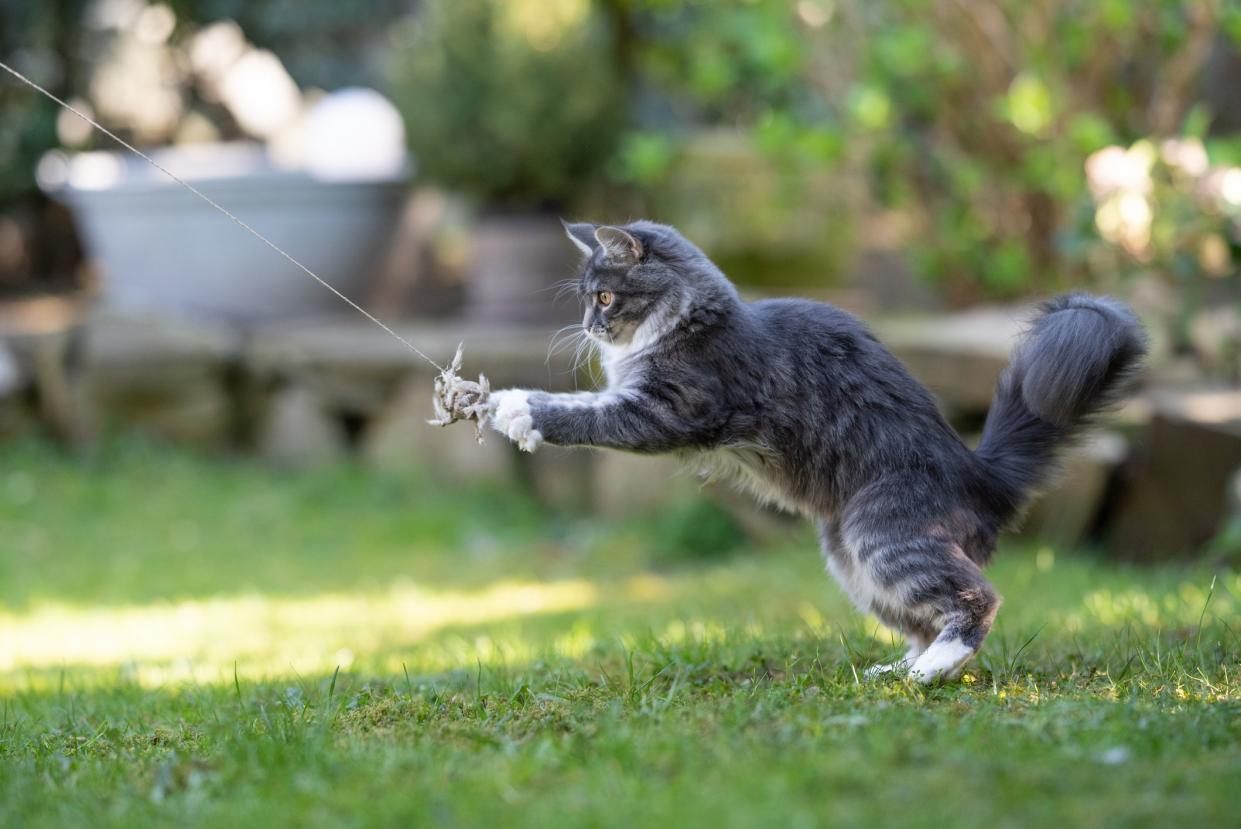
According to Whittenburg, there are many ways to address pet obesity. A thorough veterinary examination, possibly with blood work, is the first step. Next, you’ll need to address your pet’s diet and help your pet to burn more calories. Dietary changes, like restricting food intake, switching to a diet with more fiber and fewer calories, or adding fiber and filler to the diet can help your pet to consume fewer calories. Incorporating more exercise into your pet’s lifestyle will also help him to lose weight faster. That might mean extra walks for your dog and some new toys and playtime sessions for your cat.
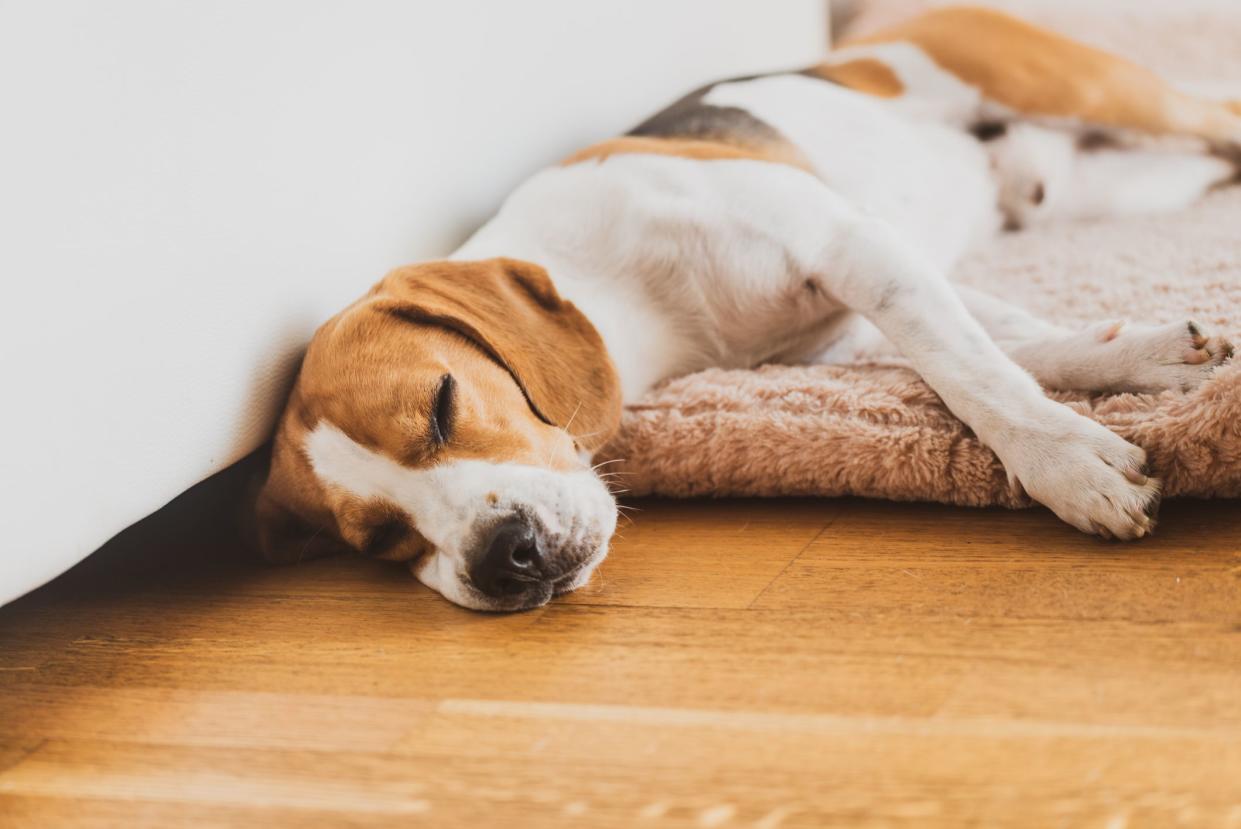
Bloat, technically called gastric dilatation and volvulus (GDV) is a life-threatening emergency for dogs. “In the case of GDV, air is trapped in the stomach, and the stomach expands to abnormally large proportions,” says Whittenburg. “Dogs with GDV appear bloated, are typically retching, cannot lie down comfortably, and are painful. If left untreated, these dogs quickly go into shock and die.”
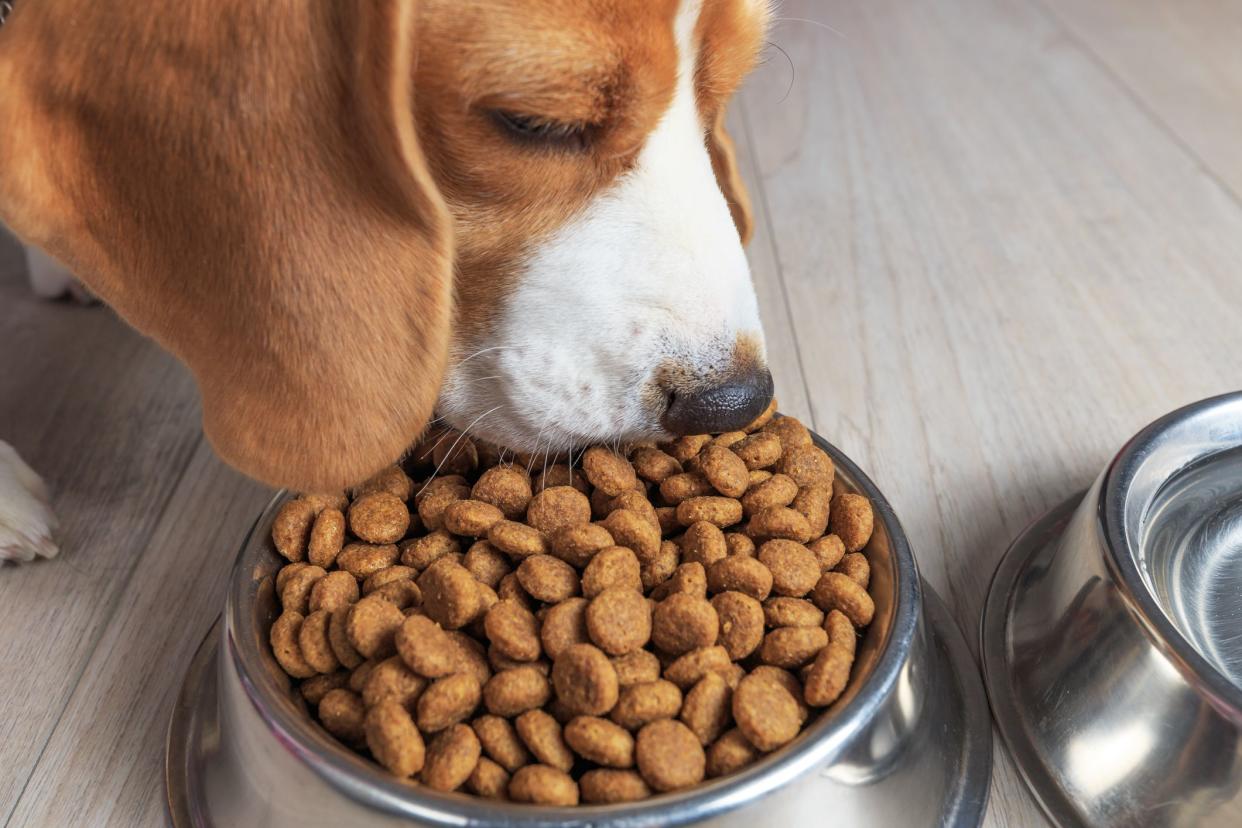
If your dog experiences bloat, he needs emergency treatment and surgery. The surgery helps to decompress the stomach and put it back into its correct position, and it’s then sutured into place. The Texas A&M University College of Veterinary Medicine says that surgery and hospitalization for bloat often ranges from $2,000 to $5,000, but Whittenburg cautions that complications are common and can significantly increase that price.
Whittenburg recommends feeding your dog multiple times a day to help reduce gorging. If your dog eats quickly, try feeding him from a slow feeder bowl. Don’t let your dog exercise or play for at least one hour after a meal, and if your dog is prone to bloat, your vet might recommend preemptively suturing his stomach to his body wall.
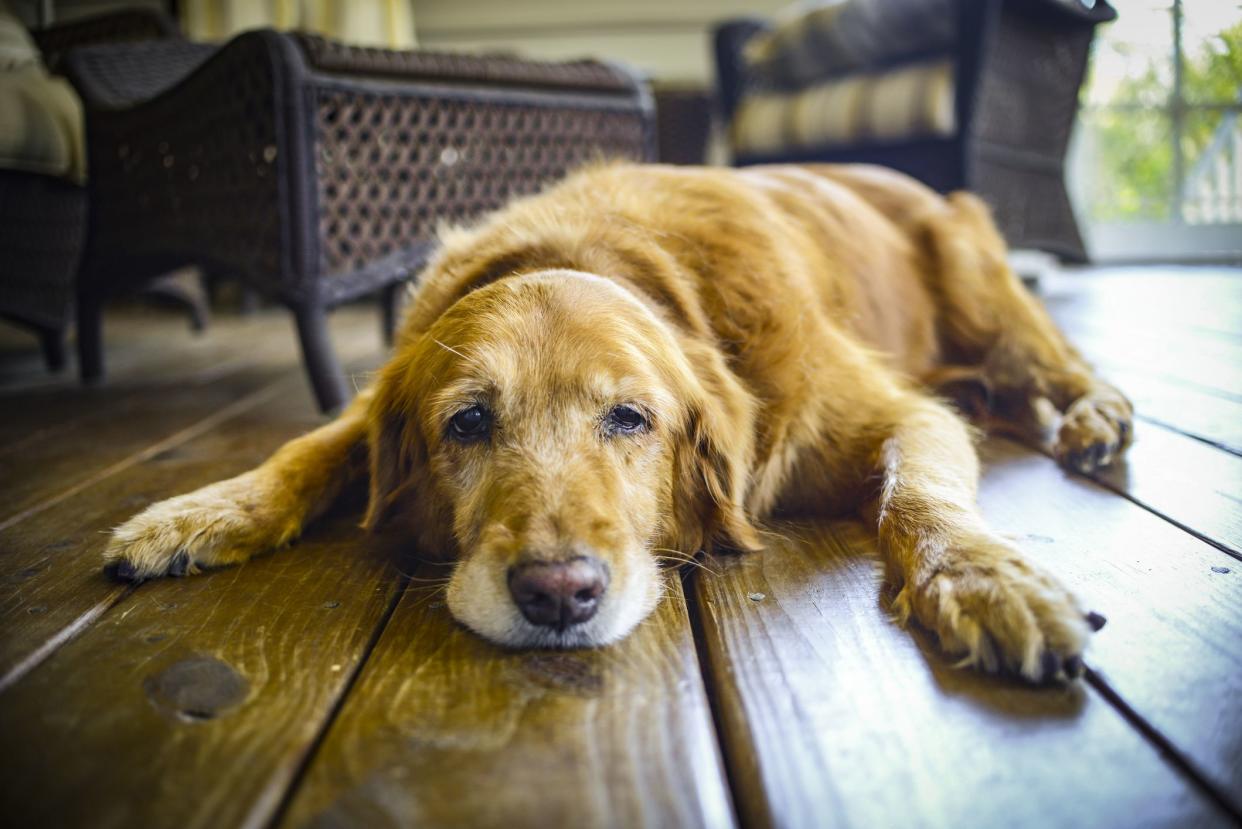
According to Dr. Whittenburg, it’s common for pets to develop arthritis in their joints as they age. Osteoarthritis is the most common type, and the hips, elbows, stifles, and wrist areas are most often affected, since they carry your pet’s weight.
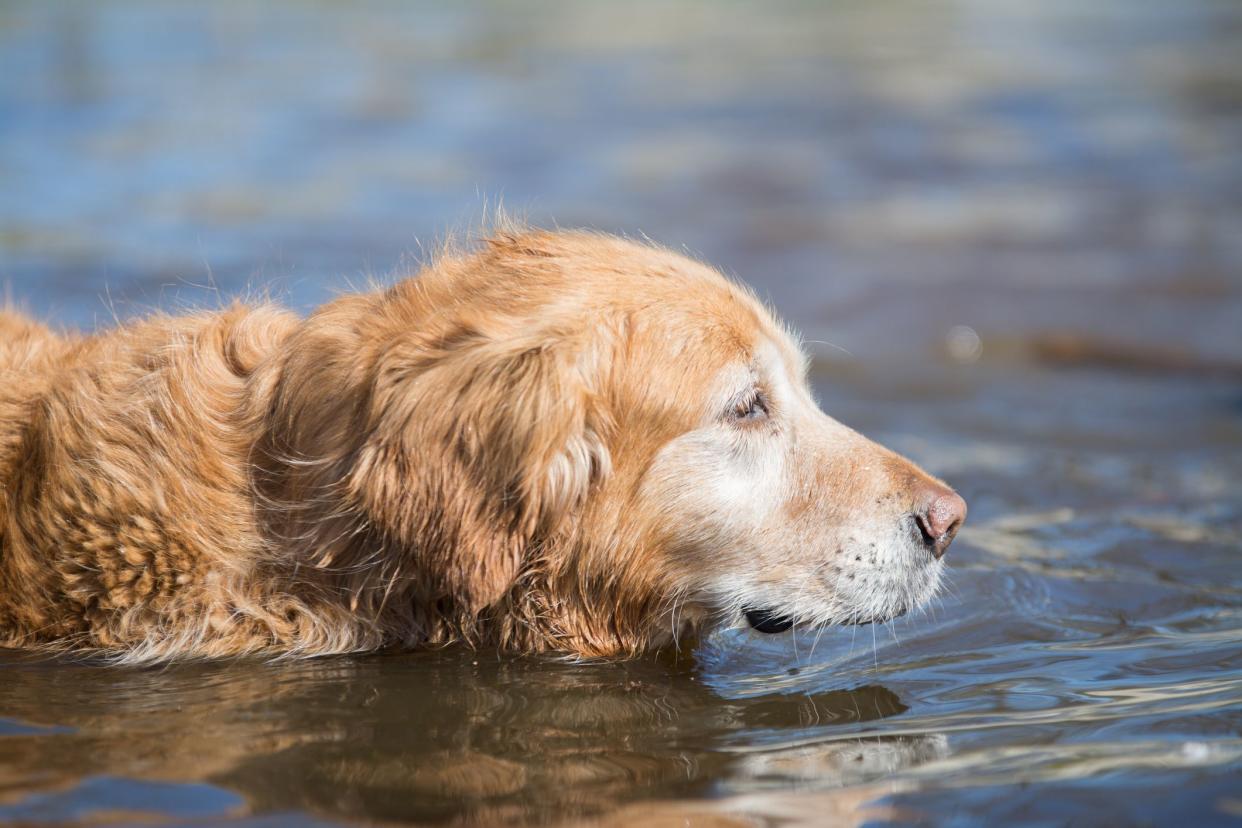
Dr. Whittenburg recommends a multi-modal approach to treating arthritis that includes pain medications, physical therapy, exercise, and supplements. Your pet may benefit from losing some weight, since weight puts excess strain on joints. The cost of treating your pet can vary, since pain medications and joint supplements can range from $25 to $200 a month. Their cost will depend on the type of medication prescribed and your pet’s size.
Keeping your pet at a healthy weight and building up his muscle mass can help to prevent arthritis. Low-impact exercises, like swimming or walking in sand, can exercise the muscles while minimizing the concussive forces to your pet’s joints.
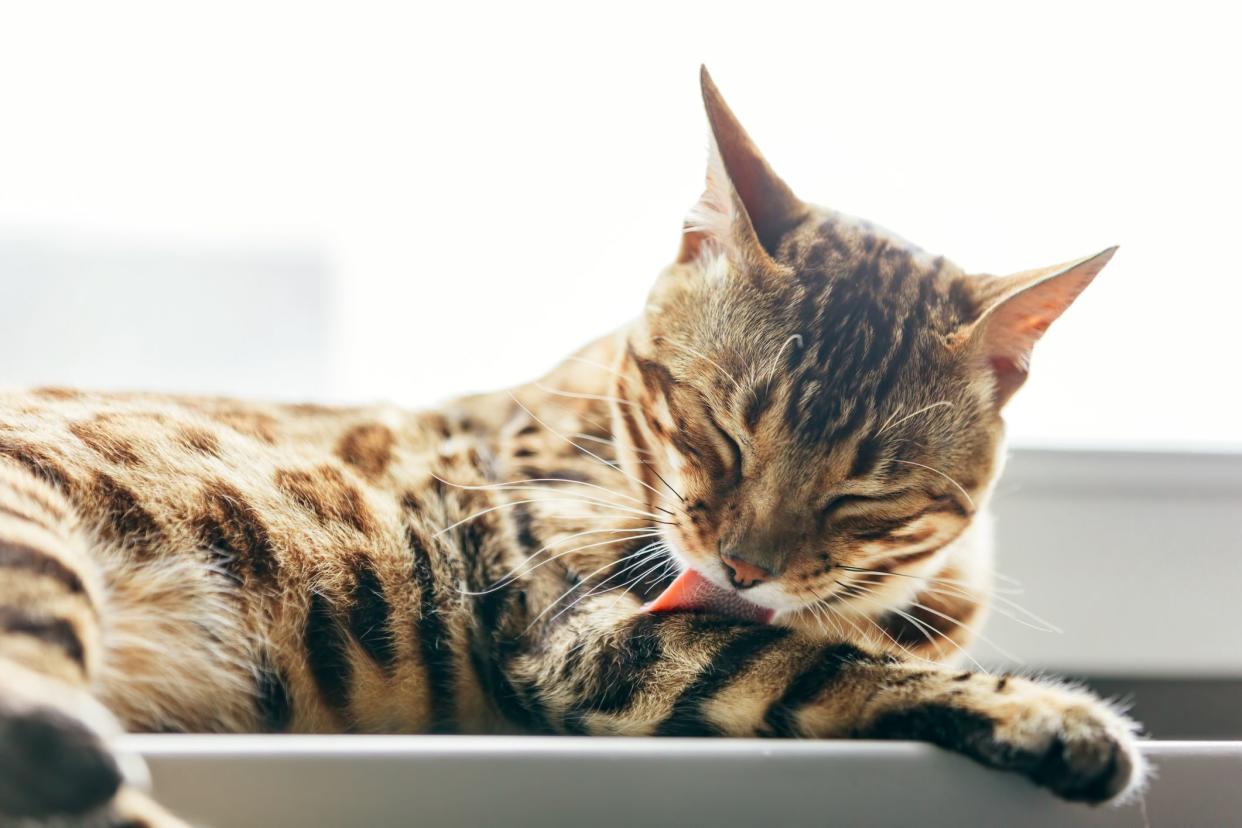
Hot spots of acute moist dermatitis are large, red, irritated patches of skin that your dog or cat may lick or chew. There are many causes for hot spots, including allergies, external parasites like fleas, insect bites, ear infections, and skin infections.
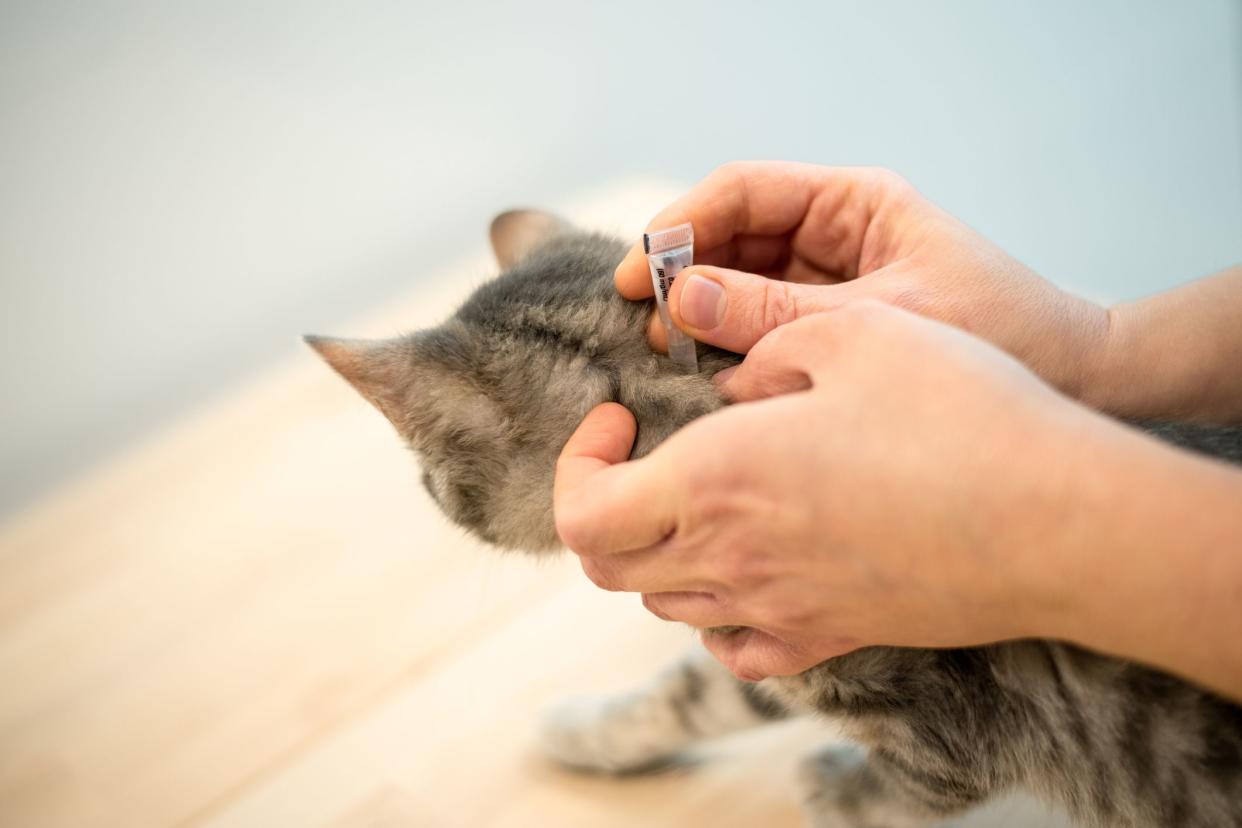
According to Whittenburg, treating hot spots includes shaving the area, applying topical medications, giving your pet antibiotics, and treating any underlying causes like allergies or fleas. “If the underlying cause is not identified and treated or controlled, the pet is likely to develop additional hot spots,” she explains. Treating a hot spot in a dog or cat often costs $150-$300.
To prevent hot spots, you’ll need to control the underlying cause that makes your pet scratch and lick. “Allergies in dogs and cats are just like humans’ allergies and cannot be cured,” Whittenburg says. “They can, however, be controlled.”
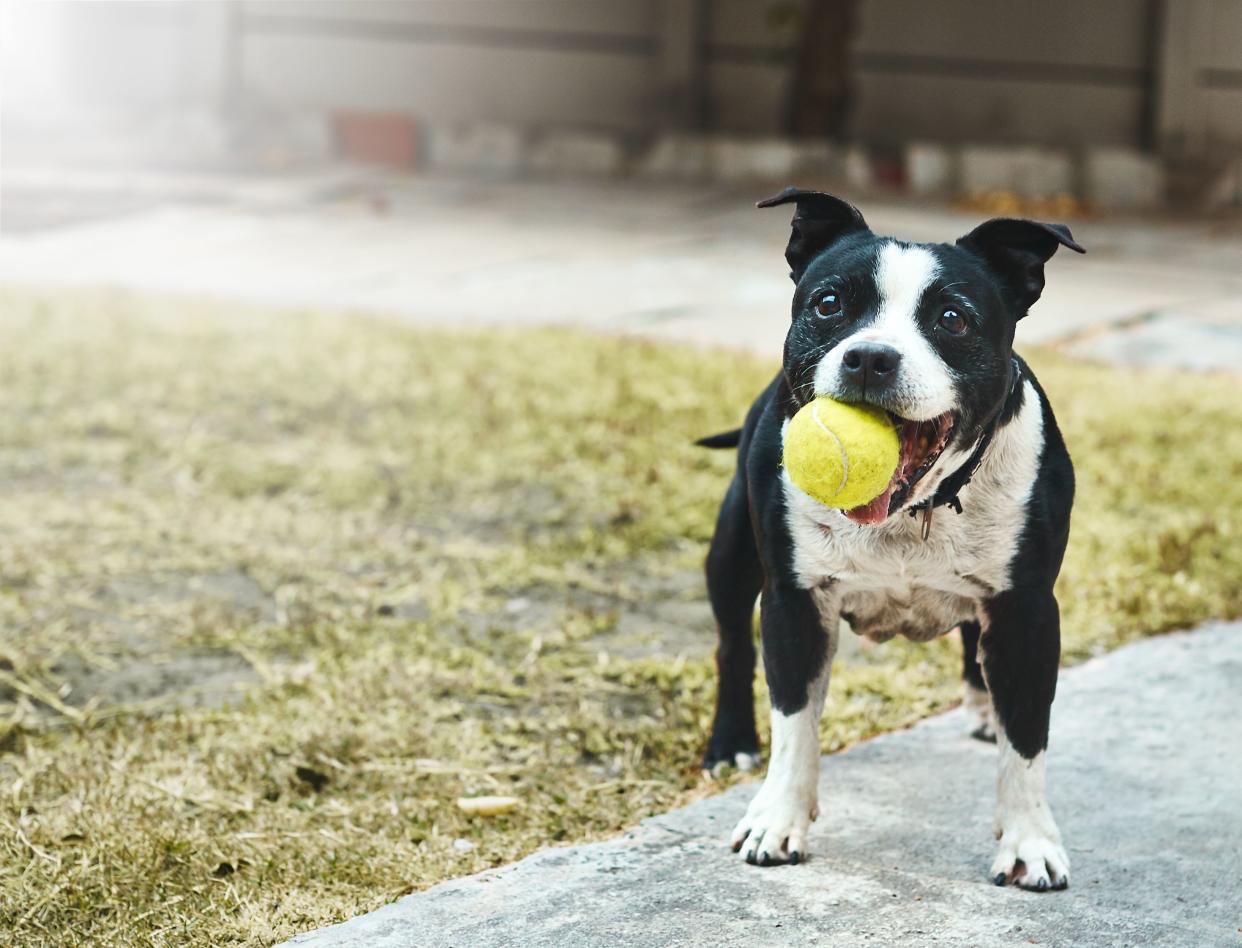
Pets are curious, and they may swallow things they shouldn’t. Some pets may successfully be able to pass an object through their digestive tract without a problem, but foreign objects can become lodged in your pet’s throat, stomach, or intestines. In these instances, your pet will need prompt veterinary treatment.
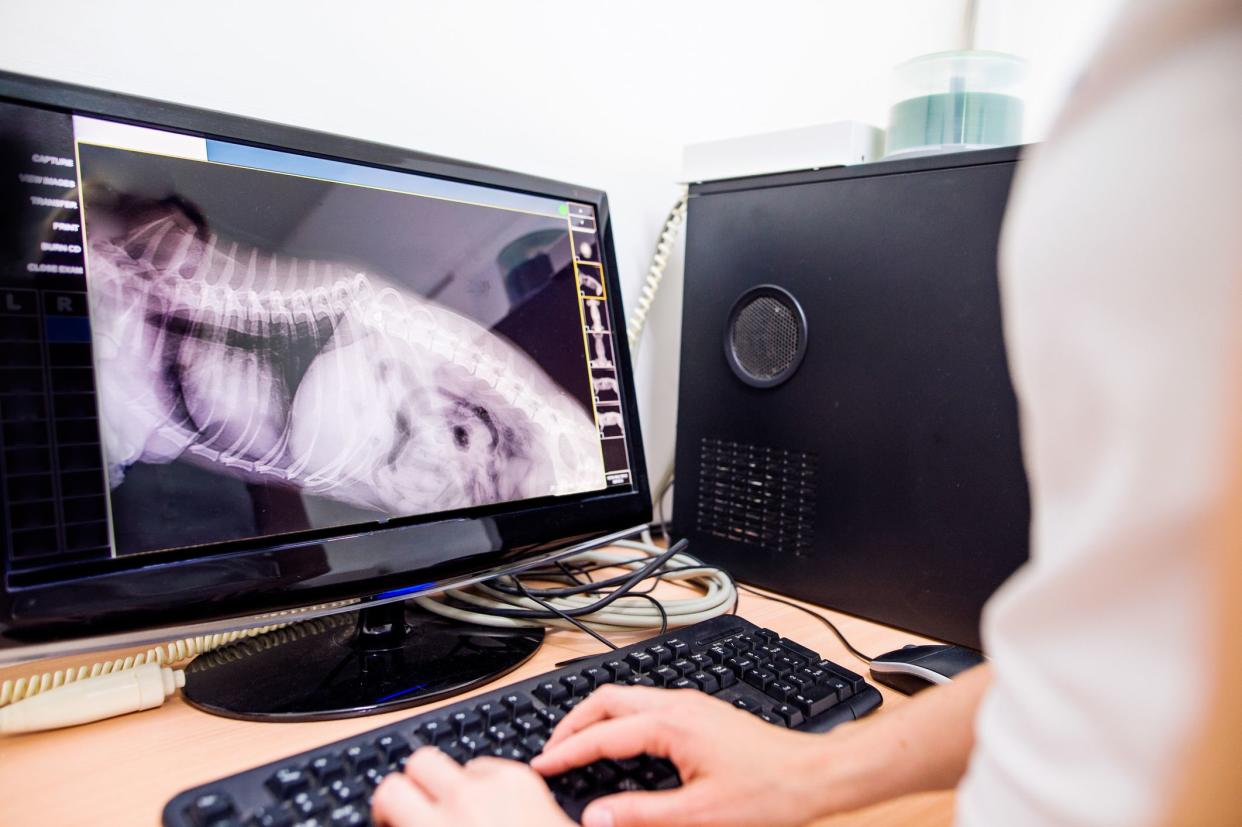
If your pet has swallowed a foreign object, he’ll need X-rays to identify any obstruction. If your vet finds an obstruction, your pet may be given IV fluids and medications to help the object pass. If that object can’t pass, then your pet will need surgery to save its life. Repeated vomiting or retching indicates an emergency, and your pet needs to see the vet right away.
Whittenburg notes that foreign body surgery prices can vary widely, depending on the type of object, number of objects, and how much damage the object has caused. She says surgery and aftercare typically range from $1,000 to $5,000.
To prevent your pet from ingesting foreign objects, keep small objects that could be swallowed out of your pet's reach. Always supervise your pet when playing with toys or chewing on bones.
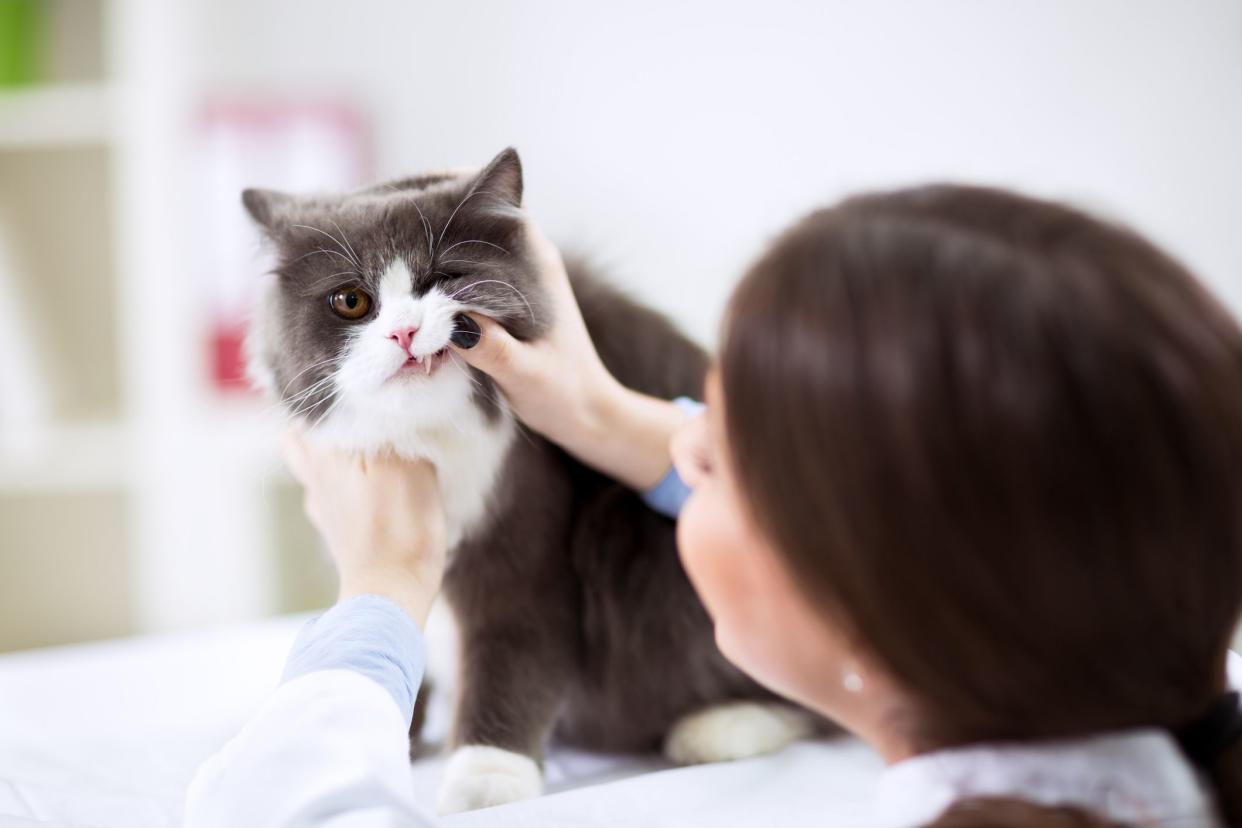
Periodontal disease, or dental disease, occurs when your pet experiences infection and inflammation in the tissues that surround his teeth. That inflammation is caused by plaque, tartar, and bacteria in your pet’s mouth. You may notice that your pet’s breath smells stinky, you can see tartar buildup on your pet’s teeth, it has swollen gums, it's having trouble eating, and it's pawing or rubbing at its face.
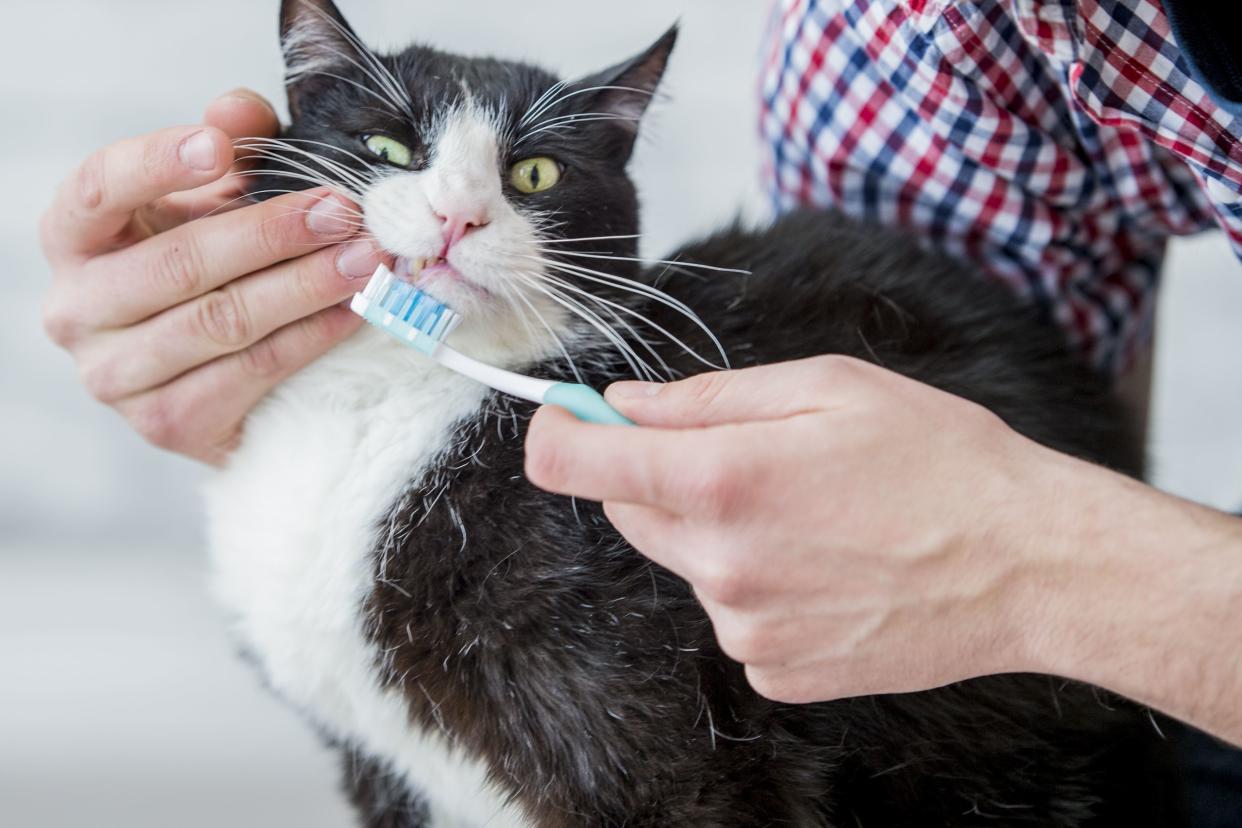
Pets experiencing periodontal disease need to receive dental care under general anesthesia. “This procedure will include probing and examining all surfaces and the gum line of all teeth, oral X-rays, cleaning, and polishing. If diseased teeth are found, extractions may be necessary,” says Whittenburg, which can cost $300-$800.
She recommends using chews and rinses that support tartar control. Look for the Veterinary Oral Health Council seal of approval to ensure that the product you’re using is effective. Brushing your pet’s teeth can help to prevent dental disease.
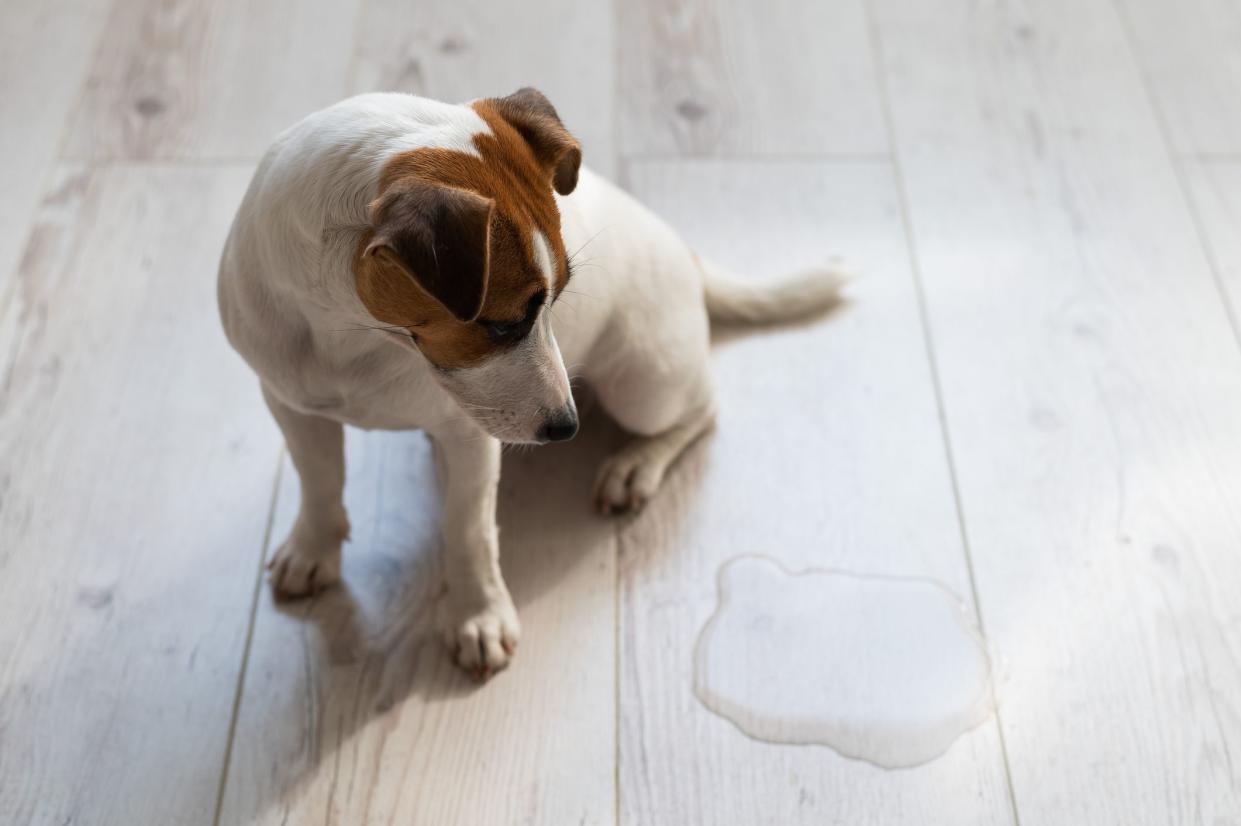
Urinary tract infections (UTIs) are common, especially in female dogs. They occur when bacteria colonize in the bladder, and they cause pets to urinate more frequently, but only in small amounts. It’s common to notice that your pet is straining to urinate, and the urine may have a foul smell.
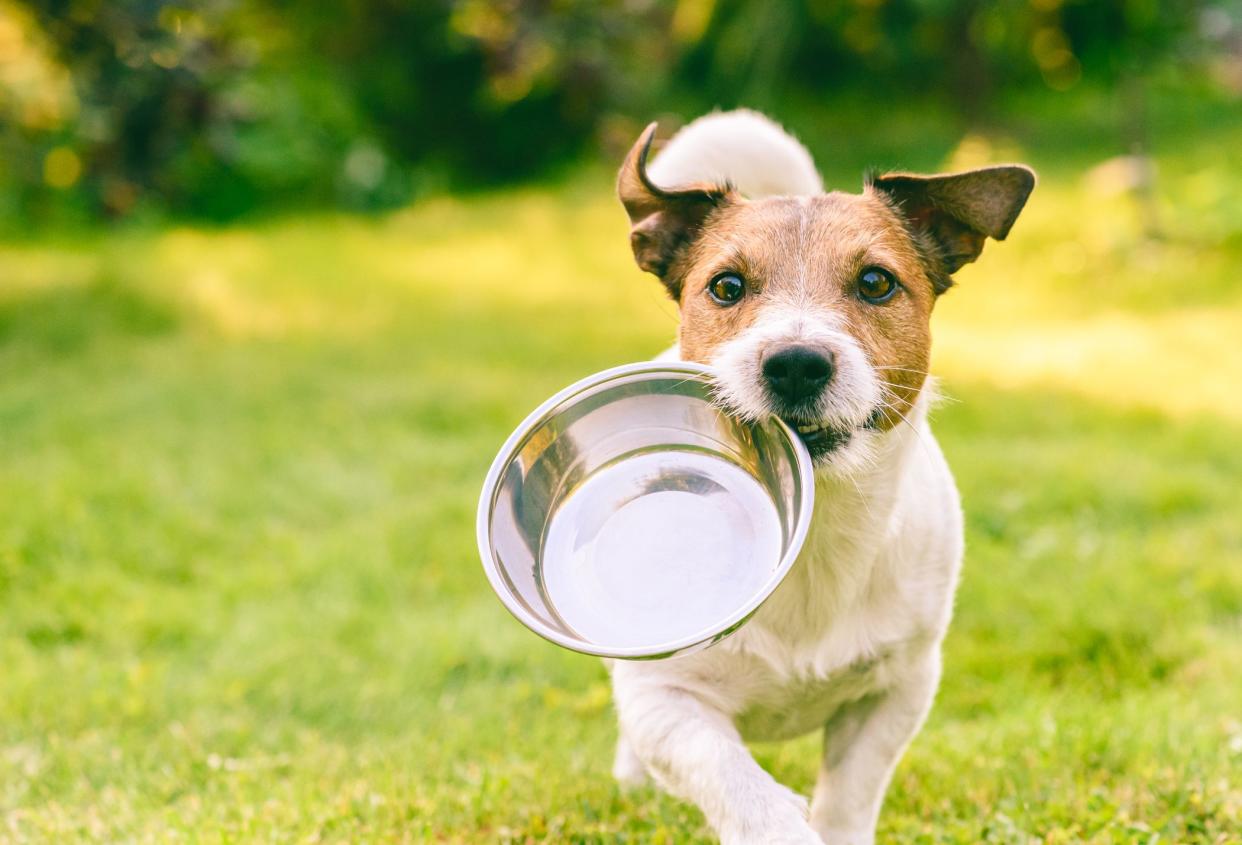
Uncomplicated UTIs can be treated with oral antibiotics, which cost between $20 and $100, says Whittenburg.
Preventing a UTI depends on the reason for the infection. If your pet is licking his genitals because of skin infections, allergies, or anatomical abnormalities, then you’ll need to treat these underlying causes. Providing your pet with plenty of fresh water to drink can also help.

Ear infections are very common in dogs, but less common in cats. Allergies or moisture in the ear canal are often the cause. These problems lead to an overgrowth of bacteria or yeast in the ear canal, which causes itching and inflammation. You might notice your pet shaking its head, pawing at the ear, and reacting in pain if you rub the ear canal. The ear may have a foul smell, and you might see some discharge.
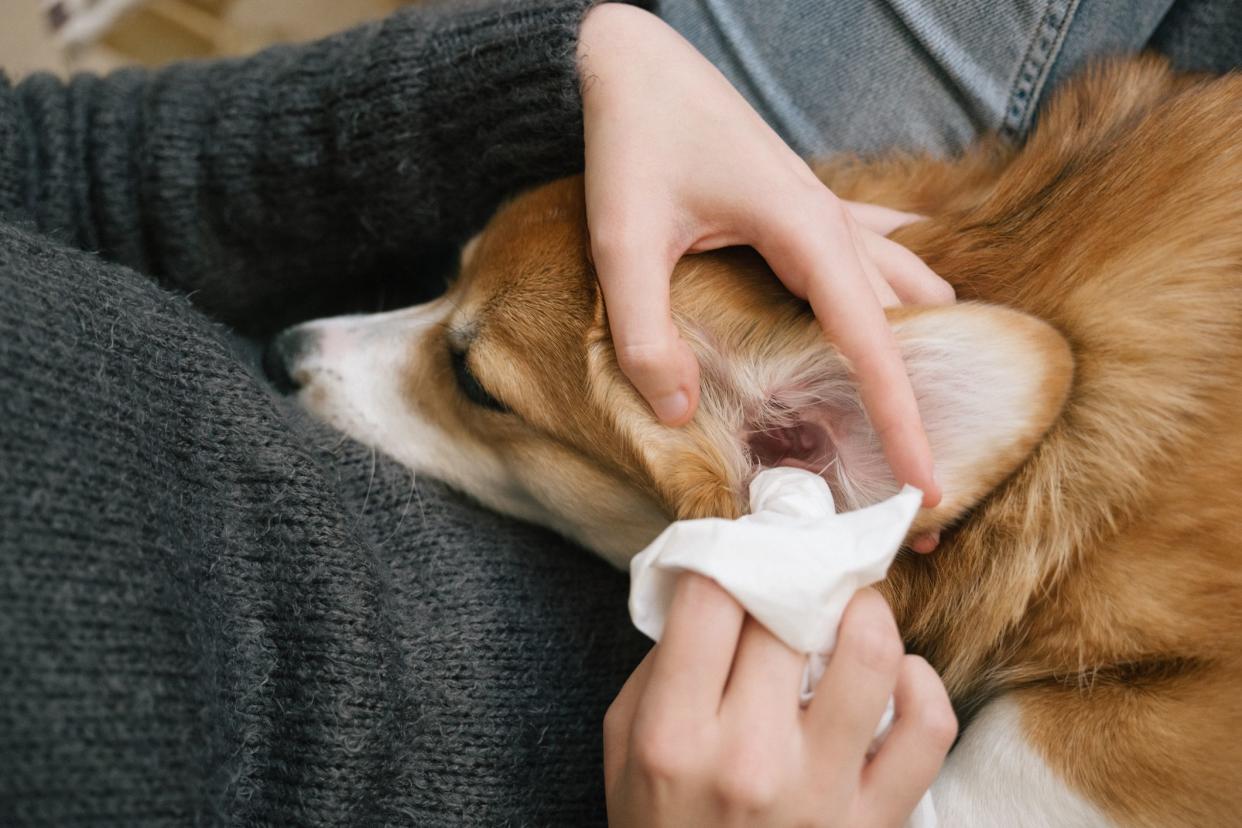
Whittenburg explains that if you think your pet might have an ear infection, it will need to see a vet. “It is essential to determine what is causing the infection so proper treatment may be administered,” she says. Your vet might treat the ear by flushing it, prescribing a one-time long-lasting medication, or prescribing daily ear drops.
The cost of treating an ear infection will vary depending on whether it’s in one or both ears, as well as how severe it is. “Typically, treatment for an uncomplicated ear infection costs between $100 and $300,” she says.
To prevent ear infections, you can regularly clean your dog’s ears with an appropriate product. Work to protect the ears from water, treat any allergies, and pluck or flush the ears, if necessary.

Sprains, strains, and blows to your pet’s muscles, ligaments, and tendons can result in soft tissue trauma. Overuse can also contribute to soft tissue injuries. Your dog or cat might be injured while running or playing, but falls off of a couch, bed, or cat tree can also cause injuries. You may notice that your pet limps after a soft tissue trauma.
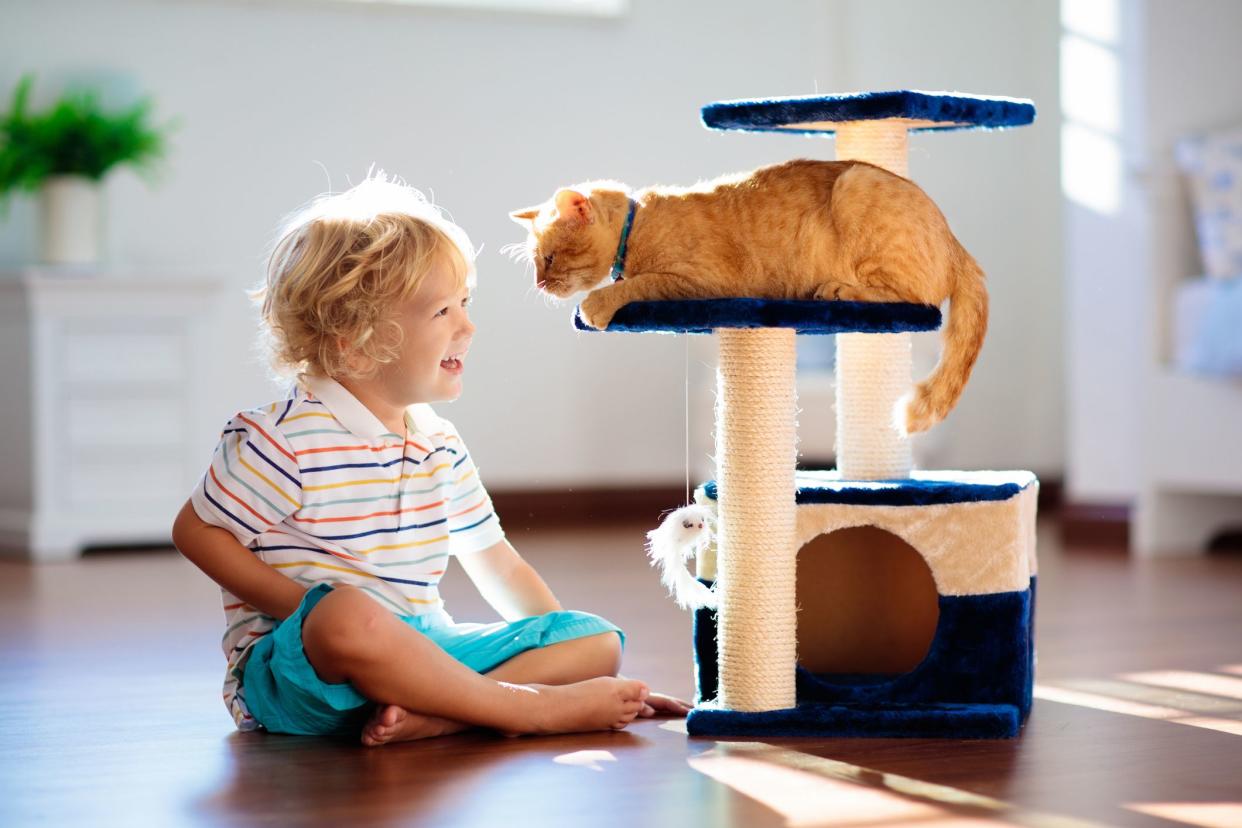
Your pet might need to receive an X-ray to rule out any injuries to the bones. Whittenburg notes that many soft tissue injuries can improve with some time and rest, and your pet might need pain relief medication. “Treatment with pain medications may cost from $25-$100 depending on the pet's size and medications prescribed,” she says.
You may be able to help prevent soft tissue injuries by making sure your cat or small dog doesn’t jump or fall from a high surface. Being mindful of how long your pet plays may also help to prevent injuries.
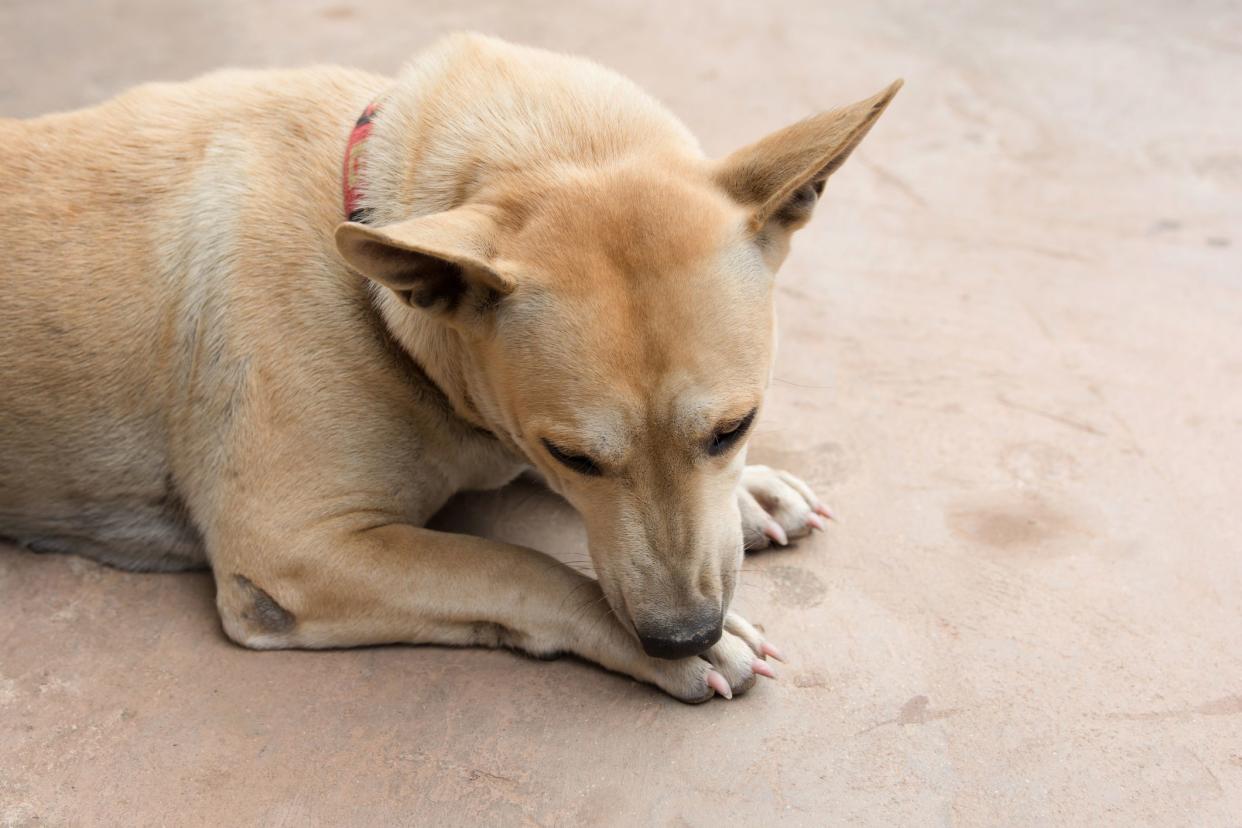
Skin allergies, also called allergic dermatitis, are extremely common in both cats and dogs. They may be caused by environmental allergens, foods, or external parasites like fleas. According to Whittenburg, environmental allergies are the most common cause, and these allergies may be to grass, pollen, dust, and many other things. The allergens can be in the air, so it’s possible for them to affect indoor-only pets, too. A pet suffering from allergies may scratch, lick their paws, have runny eyes, and have red, irritated skin.
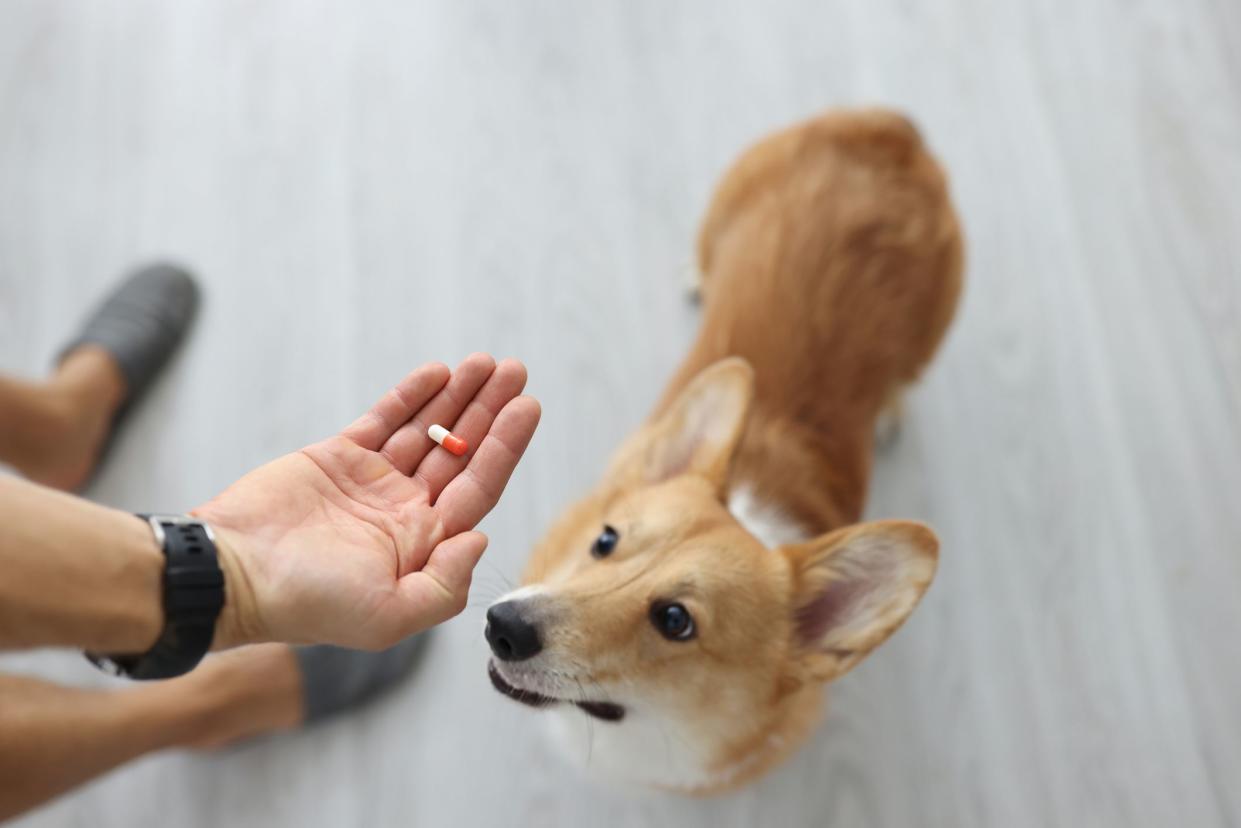
Whittenburg says that allergies can’t be cured in pets, but they can be controlled through environment, diet, and medications. You’ll need to work with your veterinarian to determine the cause of your pet’s allergies and the appropriate treatment. Treatment costs can vary widely, depending on your pet’s allergy, its severity, and any necessary foods or prescription medications.

Like Cheapism's content? Be sure to follow us
https://www.msn.com/en-us/community/channel/vid-grbb4nxka360magbjttibd6ag5d9vsc2eppivaurpdsay52wkpfs?ocid=FinanceShimLayer
.
